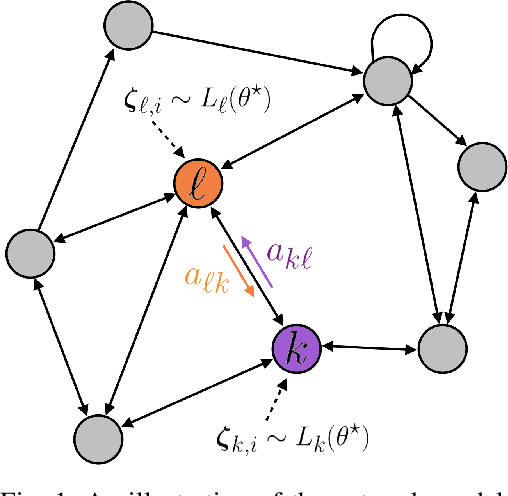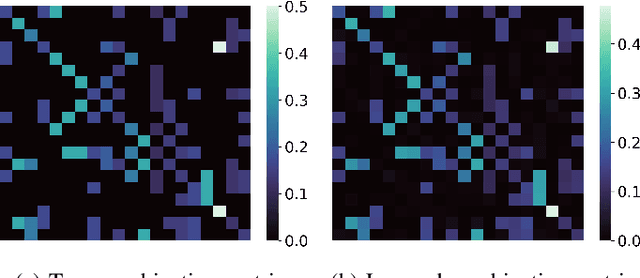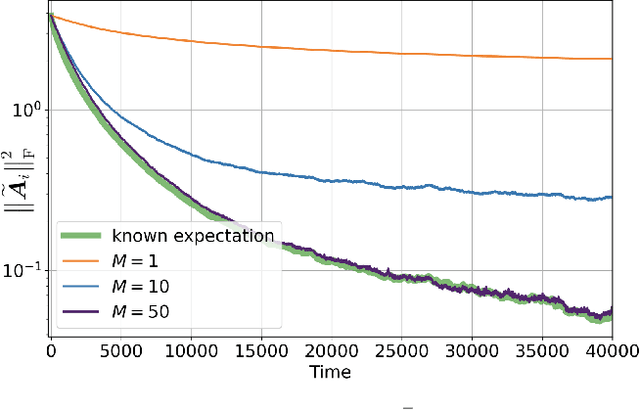Mert Cemri
COMPASS: A Multi-Turn Benchmark for Tool-Mediated Planning & Preference Optimization
Oct 08, 2025Abstract:Real-world large language model (LLM) agents must master strategic tool use and user preference optimization through multi-turn interactions to assist users with complex planning tasks. We introduce COMPASS (Constrained Optimization through Multi-turn Planning and Strategic Solutions), a benchmark that evaluates agents on realistic travel-planning scenarios. We cast travel planning as a constrained preference optimization problem, where agents must satisfy hard constraints while simultaneously optimizing soft user preferences. To support this, we build a realistic travel database covering transportation, accommodation, and ticketing for 20 U.S. National Parks, along with a comprehensive tool ecosystem that mirrors commercial booking platforms. Evaluating state-of-the-art models, we uncover two critical gaps: (i) an acceptable-optimal gap, where agents reliably meet constraints but fail to optimize preferences, and (ii) a plan-coordination gap, where performance collapses on multi-service (flight and hotel) coordination tasks, especially for open-source models. By grounding reasoning and planning in a practical, user-facing domain, COMPASS provides a benchmark that directly measures an agent's ability to optimize user preferences in realistic tasks, bridging theoretical advances with real-world impact.
Why Do Multi-Agent LLM Systems Fail?
Mar 17, 2025Abstract:Despite growing enthusiasm for Multi-Agent Systems (MAS), where multiple LLM agents collaborate to accomplish tasks, their performance gains across popular benchmarks remain minimal compared to single-agent frameworks. This gap highlights the need to analyze the challenges hindering MAS effectiveness. In this paper, we present the first comprehensive study of MAS challenges. We analyze five popular MAS frameworks across over 150 tasks, involving six expert human annotators. We identify 14 unique failure modes and propose a comprehensive taxonomy applicable to various MAS frameworks. This taxonomy emerges iteratively from agreements among three expert annotators per study, achieving a Cohen's Kappa score of 0.88. These fine-grained failure modes are organized into 3 categories, (i) specification and system design failures, (ii) inter-agent misalignment, and (iii) task verification and termination. To support scalable evaluation, we integrate MASFT with LLM-as-a-Judge. We also explore if identified failures could be easily prevented by proposing two interventions: improved specification of agent roles and enhanced orchestration strategies. Our findings reveal that identified failures require more complex solutions, highlighting a clear roadmap for future research. We open-source our dataset and LLM annotator.
DigiRL: Training In-The-Wild Device-Control Agents with Autonomous Reinforcement Learning
Jun 14, 2024Abstract:Training corpuses for vision language models (VLMs) typically lack sufficient amounts of decision-centric data. This renders off-the-shelf VLMs sub-optimal for decision-making tasks such as in-the-wild device control through graphical user interfaces (GUIs). While training with static demonstrations has shown some promise, we show that such methods fall short for controlling real GUIs due to their failure to deal with real-world stochasticity and non-stationarity not captured in static observational data. This paper introduces a novel autonomous RL approach, called DigiRL, for training in-the-wild device control agents through fine-tuning a pre-trained VLM in two stages: offline RL to initialize the model, followed by offline-to-online RL. To do this, we build a scalable and parallelizable Android learning environment equipped with a VLM-based evaluator and develop a simple yet effective RL approach for learning in this domain. Our approach runs advantage-weighted RL with advantage estimators enhanced to account for stochasticity along with an automatic curriculum for deriving maximal learning signal. We demonstrate the effectiveness of DigiRL using the Android-in-the-Wild (AitW) dataset, where our 1.3B VLM trained with RL achieves a 49.5% absolute improvement -- from 17.7 to 67.2% success rate -- over supervised fine-tuning with static human demonstration data. These results significantly surpass not only the prior best agents, including AppAgent with GPT-4V (8.3% success rate) and the 17B CogAgent trained with AitW data (38.5%), but also the prior best autonomous RL approach based on filtered behavior cloning (57.8%), thereby establishing a new state-of-the-art for digital agents for in-the-wild device control.
Discovering Influencers in Opinion Formation over Social Graphs
Nov 23, 2022



Abstract:The adaptive social learning paradigm helps model how networked agents are able to form opinions on a state of nature and track its drifts in a changing environment. In this framework, the agents repeatedly update their beliefs based on private observations and exchange the beliefs with their neighbors. In this work, it is shown how the sequence of publicly exchanged beliefs over time allows users to discover rich information about the underlying network topology and about the flow of information over graph. In particular, it is shown that it is possible (i) to identify the influence of each individual agent to the objective of truth learning, (ii) to discover how well informed each agent is, (iii) to quantify the pairwise influences between agents, and (iv) to learn the underlying network topology. The algorithm derived herein is also able to work under non-stationary environments where either the true state of nature or the network topology are allowed to drift over time. We apply the proposed algorithm to different subnetworks of Twitter users, and identify the most influential and central agents merely by using their public tweets (posts).
Unsupervised Simplification of Legal Texts
Sep 01, 2022



Abstract:The processing of legal texts has been developing as an emerging field in natural language processing (NLP). Legal texts contain unique jargon and complex linguistic attributes in vocabulary, semantics, syntax, and morphology. Therefore, the development of text simplification (TS) methods specific to the legal domain is of paramount importance for facilitating comprehension of legal text by ordinary people and providing inputs to high-level models for mainstream legal NLP applications. While a recent study proposed a rule-based TS method for legal text, learning-based TS in the legal domain has not been considered previously. Here we introduce an unsupervised simplification method for legal texts (USLT). USLT performs domain-specific TS by replacing complex words and splitting long sentences. To this end, USLT detects complex words in a sentence, generates candidates via a masked-transformer model, and selects a candidate for substitution based on a rank score. Afterward, USLT recursively decomposes long sentences into a hierarchy of shorter core and context sentences while preserving semantic meaning. We demonstrate that USLT outperforms state-of-the-art domain-general TS methods in text simplicity while keeping the semantics intact.
 Add to Chrome
Add to Chrome Add to Firefox
Add to Firefox Add to Edge
Add to Edge